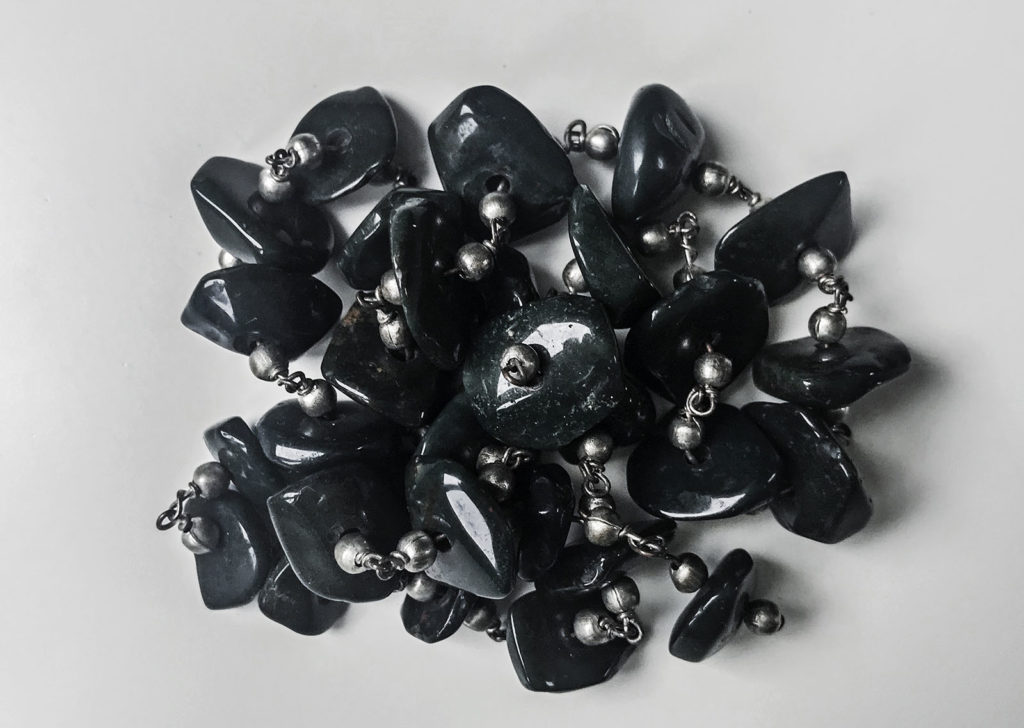Human presence in the archipelago dates back to very ancient times (5500-4000 BC). Its vast quantities of volcanic glass (
obsidian
) meant that the Aeolian Islands were at the centre of flourishing trade routes.
 Starting from the 4th millennium BC, settlements appeared on all the islands except Vulcano.
Starting from the 4th millennium BC, settlements appeared on all the islands except Vulcano.
Between the 16th and 14th centuries BC, the Aeolian Islands became more important as they were located on the metal trade route. Even in the Greek period the Archipelago represented a key point of trade between Etruscans, Carthaginians and Greeks.
During the First Punic War the islands saw clashes between Rome and Carthage and Lipari was conquered by Rome in 252 BC.
In Roman times the Aeolian Islands became centres of commerce of sulphur, alum and salt, wine,
sardelles and garum
.
In the 9th century AD, the archipelago was attacked and devastated by the Muslim army, which dominated Sicily at that time. In the 11th century Lipari was conquered by the Normans, who built a Benedictine abbey, and with Roger II, it became a bishop’s seat.
In 1544, when Spain declared war on France, the French King Francis I asked the Ottoman Sultan for help. He sent a fleet to attack the Aeolian Islands, killing and deporting many of its inhabitants. During the following centuries, the archipelago was once again populated by Spanish, Sicilian and Italian communities.
At the beginning of 1800 the Aeolian Islands were discovered for their DOC raisin wine, malvasia,
trade
of which allowed the local economy to flourish for around a century. In Bourbon times the island of Vulcano was used as a penal colony for the forced extraction of
alum and sulphur
.